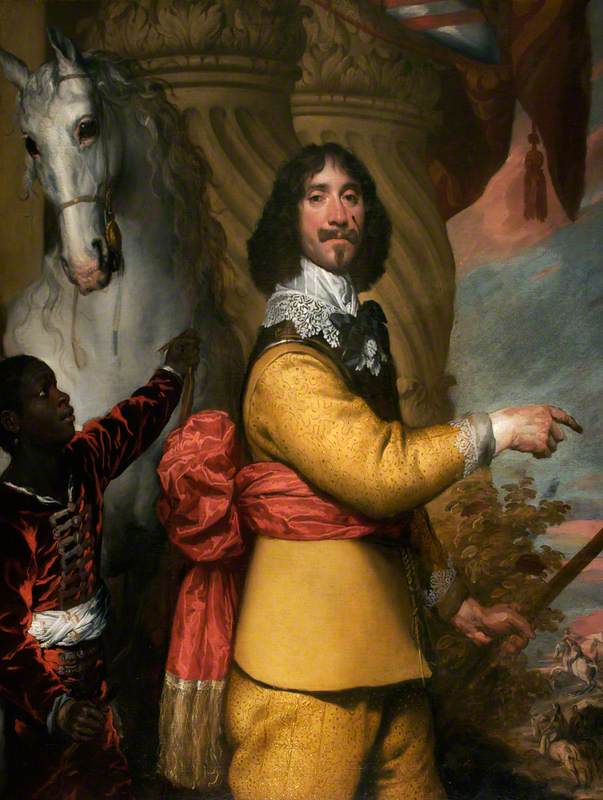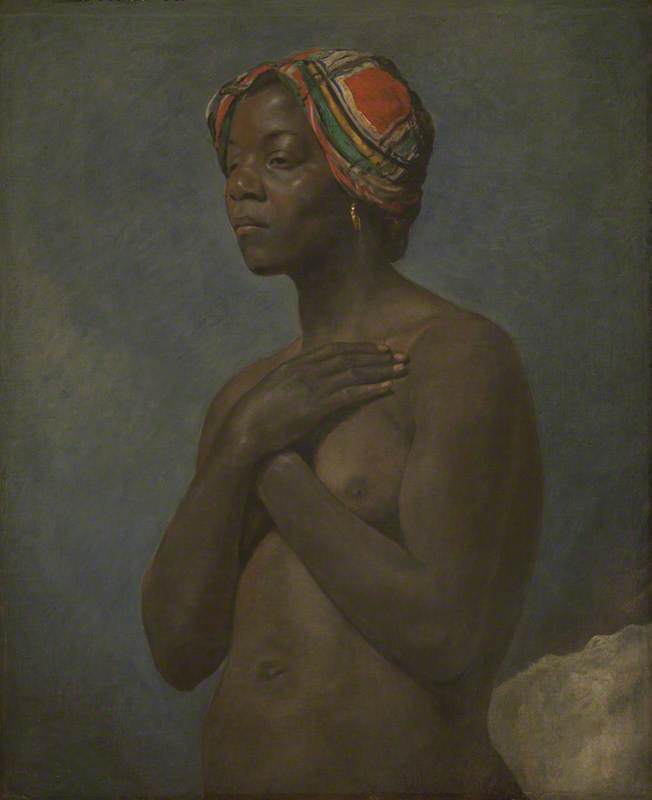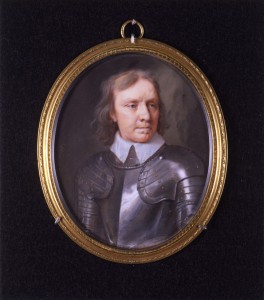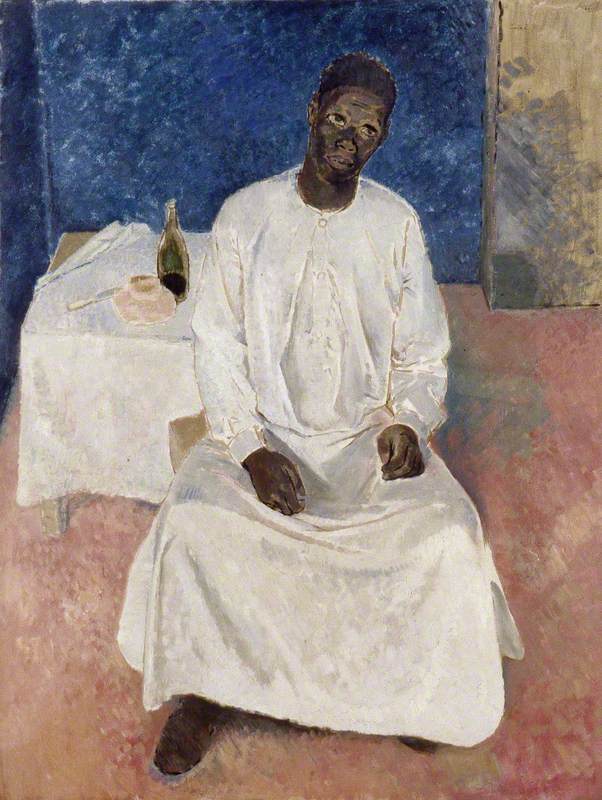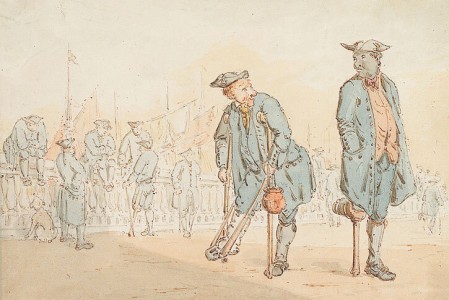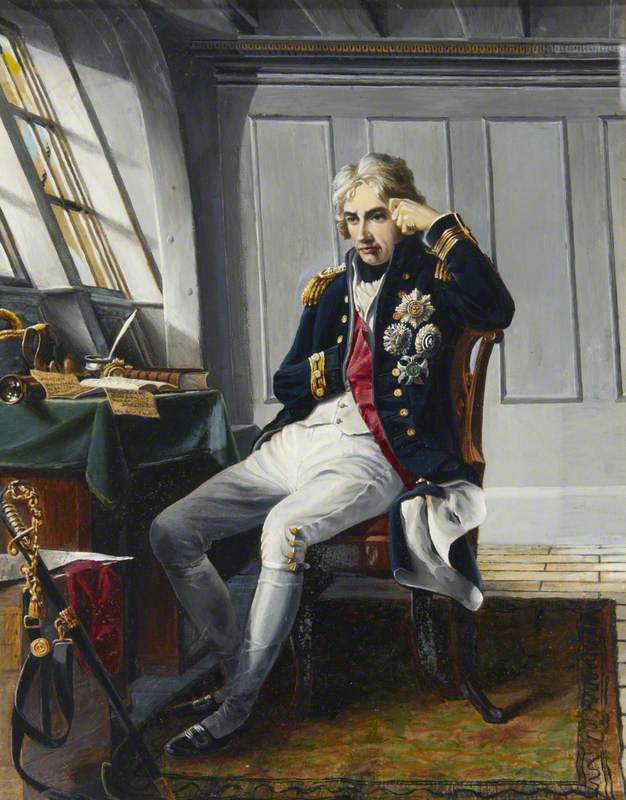Hanging as the centrepiece above the great fireplace of the drawing room in Tabley House is a commanding portrait of John Byron, 1st Lord Byron, painted by one of Britain's finest painters – William Dobson. Dobson emerged as a great English Baroque painter during turbulent times – the country was divided during the English Civil War which had erupted in 1642. Those who supported their monarch, Charles I, were the Royalists and those opposing the king and absolute monarchy were the Parliamentarians.
North wall, Tabley House drawing room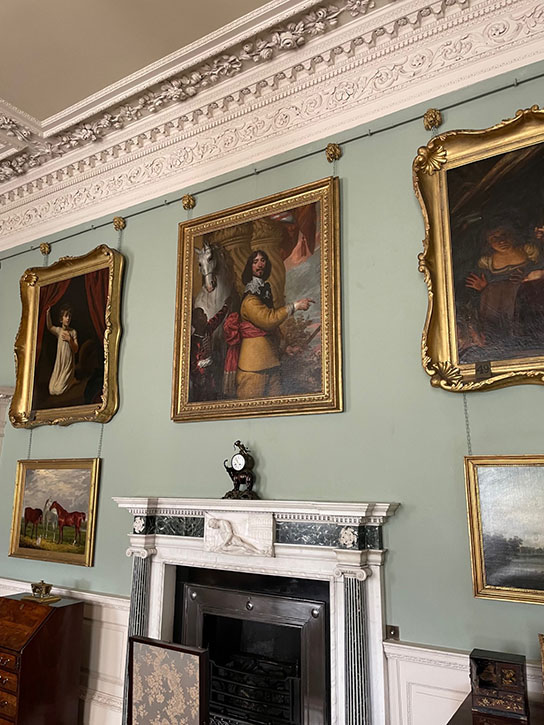
Dobson would be appointed 'Principal Painter' of Charles I, relocating to Oxford during the Civil War where he painted portraits of the monarch, diplomats, families, poets and writers. Yet Dobson secured his lasting reputation in his portraits of Royalist soldiers, all of whom stand proudly in their extravagant cavalier fashion, boasting loyalty to the sovereign.
This dramatic painting of John Byron is a remarkable example of the heroic Royalist portrait. Byron stands solemnly and stares directly towards us. He is dressed in the fine fashion of a cavalier – a bold yellow costume adorned with white lace collars and a swirl of red fabric below his arm.
John Byron, also known as 'Bloody Byron', was made a baron by Charles I after his success as commander in the First Battle of Newbury. Dobson notes this: Byron points to the conflict depicted on his left. Additionally, there is a small laceration on his left cheek, sustained after a halberd had injured him in this fierce and bloody battle.
This striking painting had recently been loaned to The Fitzwilliam Museum in Cambridge for its exhibition 'Black Atlantic: Power, People, Resistance', which aimed to explore 'Cambridge's role in the transatlantic slave trade and look at how objects and artworks have influenced history and perspectives'. The exhibition combined both historical and contemporary work, using this portrait by Dobson to demonstrate how Black subjects have been rendered in Western art history. Typically, Black subjects are either non-existent or presented as subservient characters, 'exotic servants' and 'highly prized accessories of the aristocracy', as Dorothy Price phrases it, to heighten the status of the prominent figure (in this case John Byron).
In Dobson's portrait, the young Black page boy stands below Lord Byron, gazing up at him admiringly as he holds the reins of a stately steed. We are uncertain of the boy's identity, but Price has identified him as either 'Jack' or 'Jack Blackmore'. Research suggests his mother had been enslaved, later freed when in England, and following 'Jack's' service with Dobson, it is believed that he went on to study law at Oxford University.
This powerful, multi-layered portrait provides a fascinating insight into this tumultuous period of British history, glorifying this violent period of war within the 'civilising' format of the public portrait. It also demonstrates the conventional methods of asserting status, authority and hierarchy through the presence of the Black servant, who only recently has found a voice and identity.
Emma Giblin, The University of Manchester Student Intern (2023–2024)
Read more about key paintings from the Tabley House Collection or browse prints available in the Art UK Shop
Further reading and watching
Perspective, 'The Masterful Works of William Dobson: A Glimpse into British Royalty', 2020
Dorothy Price, ''Dreaming Has a Share in History': Biding Time in the Work of Lubaina Himid' in Art History, 44, 2021, pp.650–675
